For my high-school physics class, we are studying the theoretical basics of transistors. I have not been able to understand which side of the transistor is the collector and which side is the emitter by looking the current flow in the circuit. I know that the doping and the size are different, but that doesn't help me when I try to calculate the base current / current at the emitter.
Can you explain me which how I should name Currents I1, I2 and I3 in the drawing? Thanks! 